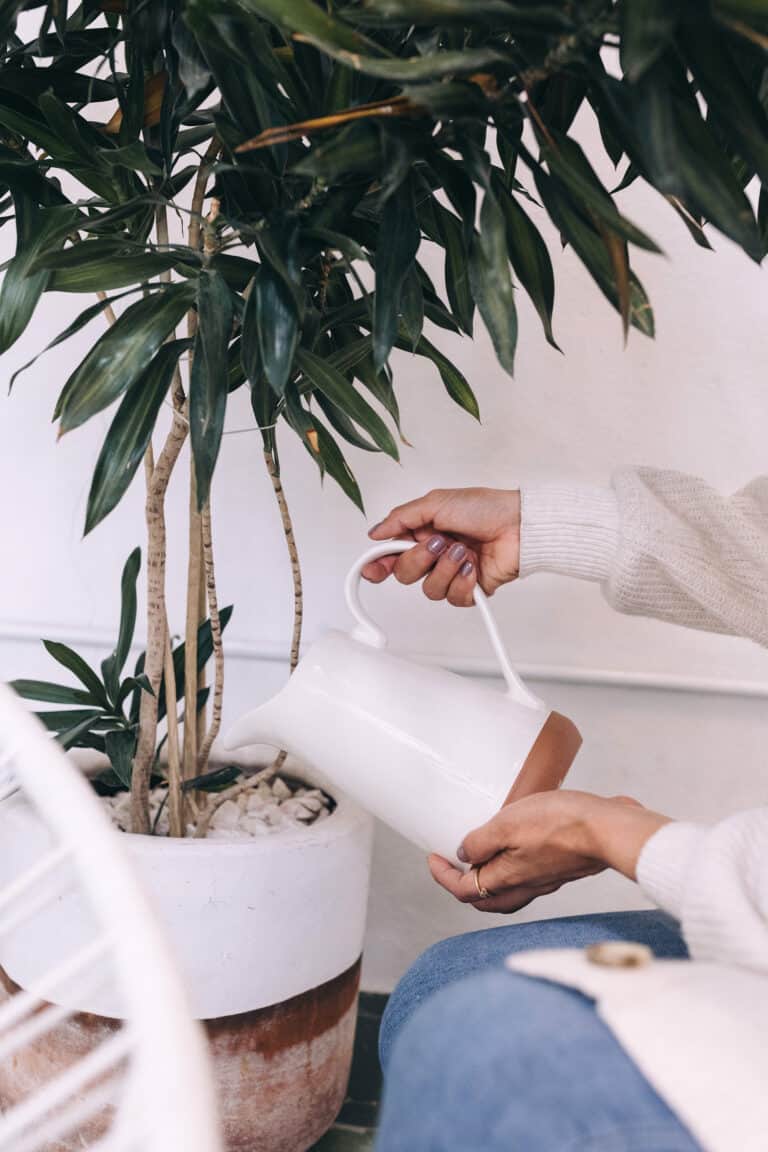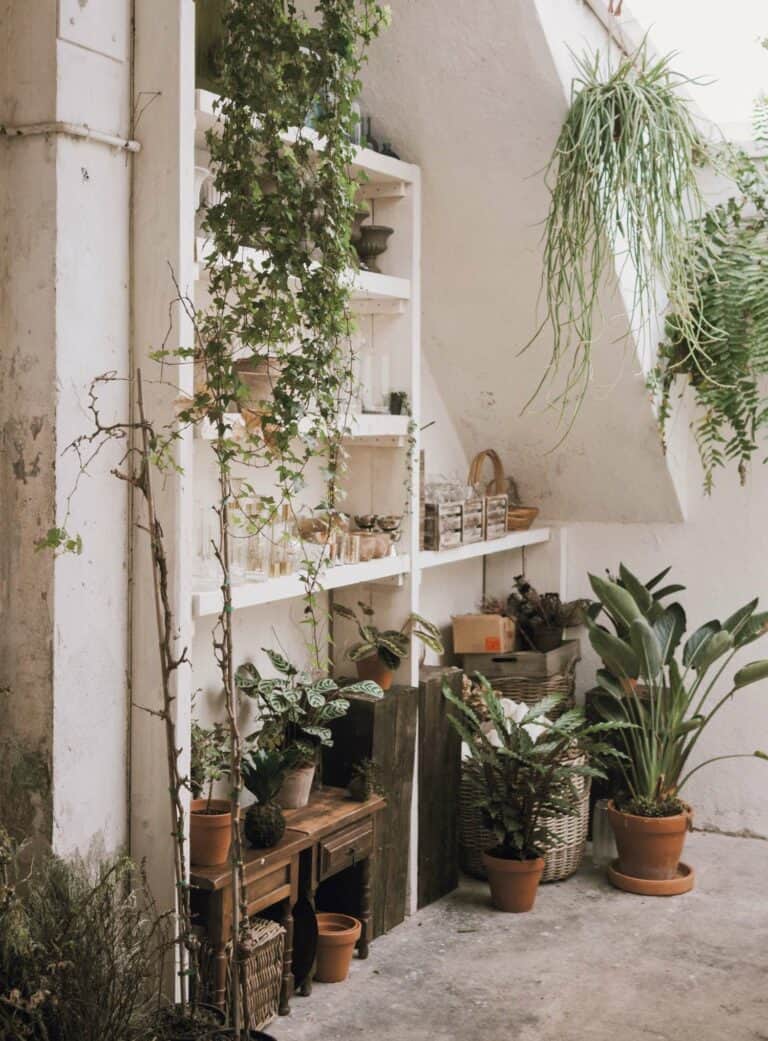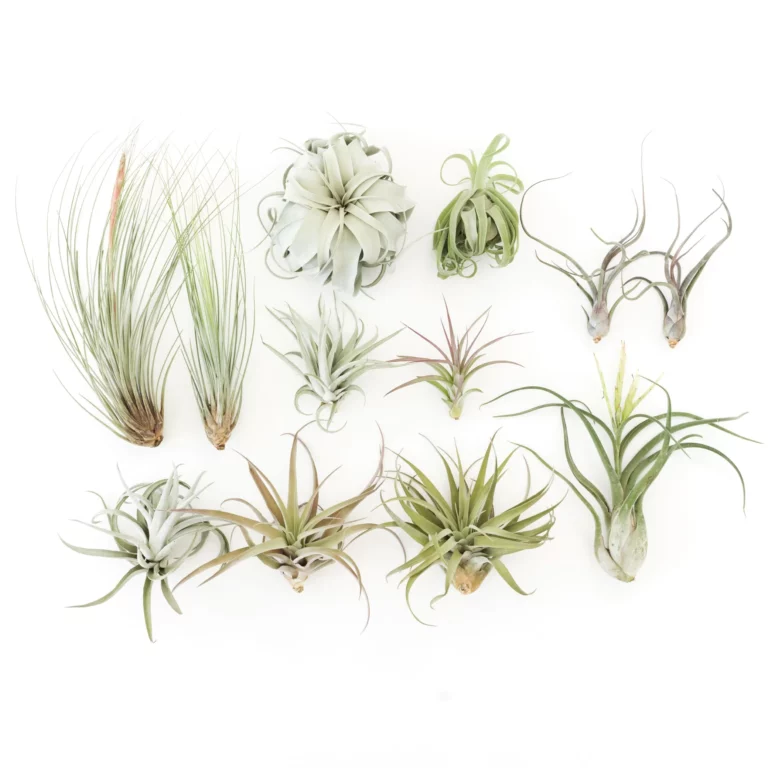Why Plants turn yellow and What To Do About It
You know that plants, just like us, can have bad days too?
Not the kind that involves spilling coffee on your favorite shirt, but the kind that has you asking the question, “Why plants turn yellow?” (I mean, why do plants turn yellow? Are they trying to tell us something? Is there a secret message?
Nothing breaks my heart more than seeing my precious plants turning yellow. So, I’ve decided to tackle the million-dollar question: WHY do plants turn yellow and WHAT do we do about it?
Let’s dive right in, shall we?
Plants are as unique and varied as we are!
Different types of plants have differing needs, and factors like light, water, and nutrients all come into play.
Common Culprits of Yellow Leaves
- Underwatering or Overwatering: Turns out, too much or too little water can lead to yellow leaves. How do you know which is the problem? Check the soil. if it’s too dry, you need to water more. If it’s too wet, you’re overwatering. Finding that happy medium takes time.
Overwatering
When you drown your plants, the roots can’t breathe (yes, they need to breathe). This causes them to suffocate and, ultimately, starve your plant. Yellow leaves due to overwatering, will typically be soft and limp.
To prevent overwatering:
- Stick your finger in the soil to check for moisture before watering
- Use a well-draining soil mix (like this one from Miracle-Gro)
- Ensure your pots have drainage holes
Underwatering
On the opposite end of the spectrum, we have underwatering. When your plants lack water, they can’t transport essential nutrients, leading to yellow leaves. Leaves will typically be crispy and dry.
To prevent underwatering:
- Set a watering schedule and adjust it based on the season and plant type
- If you struggle with remembering when to water, invest in a nifty little device like the Thirsty Plant Moisture Meter
Soil: Are Your Plant Babies in the Right Environment?
Bad soil could be another yellow leaf culprit, my friends. For healthier plants, provide the ideal soil conditions by using a potting mix specifically designed for your plant type. (Feed them well, and they’ll grow up strong!)
Additionally, check your pots for proper drainage, and repot with fresh soil when necessary to keep your plant babies snug and cozy.
- Nutrient Deficiency: Just like us humans, plants need a little somethin’ somethin’ to keep them going; nutrients! If your plant’s struggling, you may need to supplement it with fertilizers. A good all-purpose one like this should do the trick.
- Light Issues: There’s a fine line between soaking up the sun and avoiding a sunburn. If the leaves fade and yellow, your plant may be begging for more light. On the other hand, if the leaves turn yellow with crispy brown edges, they might be getting too much sun.
- Pests: I hate to break it to you, but tiny creatures might be munching on your green babies. Ugh, the audacity! Check the underside of leaves for bugs or webbing, and deal with them accordingly using, for example, some neem oil.
- Temperature Fluctuations: Plants, much like myself, can be seriously sensitive to changes in temperature. If your plant’s near an air conditioning vent or next to a drafty window, you might want to consider relocating it.
What’s a Plant Parent to Do?
Okay, so now you know the main reasons behind yellow leaves on your plants. But what do we DO about it?
- Do a thorough check – inspect the soil, light conditions, nearby pests or temperature fluctuations.
- Work on finding that happy medium between too much and too little water. Give your plant some love and attention.
- , let’s talk fertilizers. If you’ve narrowed down the cause to nutrient deficiency, supplement your plant with a slow-release fertilizer. Monitor your plants closely and give them some extra TLC if needed.
Top Organic Fertilizer Recommendations
Espoma Garden-tone Organic Plant Food – This all-purpose organic plant food is perfect for stimulating growth and giving your plants a nutritious boost.
(Tip: Mix it with water and give it to your plants once a month for best results!)
Neptune’s Harvest Organic Hydrolized Fish and Seaweed Fertilizer – Say hello to your plants’ best friend, a balanced blend of nutrients that is gentle on plants but packed with goodness.
(Fun Fact: Did you know applying seaweed makes plants more resistant to stress, like their emo teenage phase?)
Dr. Earth Premium Gold All Purpose Fertilizer – This top-notch all-purpose fertilizer is perfect for indoor and outdoor plants. Say goodbye to yellow leaves and hello to fresh, green beauty!
(Plant-Parent Tip: Apply this to your plants every 6-8 weeks for luscious, healthy growth.)

Conclusion
With our helpful tips and resources, your plants should be back to their healthy, green selves in no time (fingers crossed!). To give you a quick recap, here’s our game plan:
- Investigate the cause: Determine the reason behind the yellowing leaves. Is it due to natural aging, water issues, nutrient deficiencies, or maybe even pests?
- Take action: Implement the necessary changes – be it adjusting your watering schedule, adding proper nutrients, or dealing with infestations – to address the cause of the yellowing.
- Maintenance is key: Perform regular checks to keep an eye on your plant’s progress. And most importantly, be patient! Recovery might take a while, depending on the severity of the issue.
In the end, remember that despite our best efforts, sometimes things just don’t go according to plan. Perhaps it’s nature telling us to quit micromanaging (are we supposed to do that with plants, though?).
Seriously though, the important thing is that we keep learning from our experiences, embrace new ideas and, ultimately, grow (pun intended).






